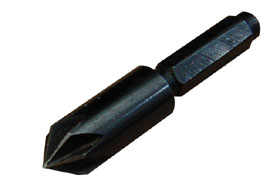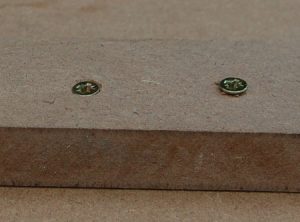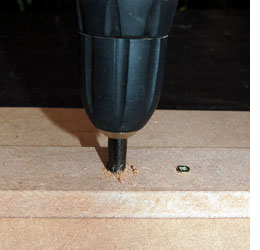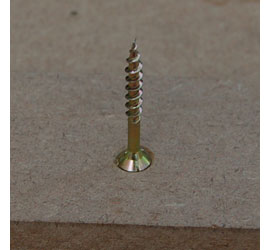How To Use A Countersink Bit
If you’re making a project and you don’t want the screw heads to be visible, you will need to use a countersink bit. And since PG Bison SupaWood is harder than pine, if you don’t countersink the screw heads will be visible.
WHAT IS A COUNTERSINK BIT?
A countersink bit is an attachment that fits into a drill/driver and is used to drill a depression that allows a screw to be hidden from view, especially when drilling into hard board products such as PG Bison SupaWood and hardwoods.
WHAT DOES A COUNTERSINK BIT DO?
ABOVE: On the right, a pilot hole has been drilled before inserting the screw. Without using a countersink bit, the head of the screw remains on top of the board. On the left we have drilled a pilot hole and then used a countersink bit. The screw head now sits flush with the surface.
HOW TO USE A COUNTERSINK BIT
Insert the countersink bit into your drill/driver.
Make sure that the drill/driver is set on ‘drill’ for maximum power.
Place the bit on top of your pilot hole and drill to the required depth. The depth only needs to be that to allow the screw head to sink below the surface.
NOT SURE HOW DEEP TO DRILL?
Place the screw head into the drilled hole to judge the depth. If the head of the screw fits nicely – you’re done! Bear in mind that the bigger the screw head – the bigger the hole you need to drill.






Comments
Johnny Lavis says
Very enlightning, any info on woodworking, how to build jigs, projects tools etc. Is very welcome.
Add comment
replies
Add comment